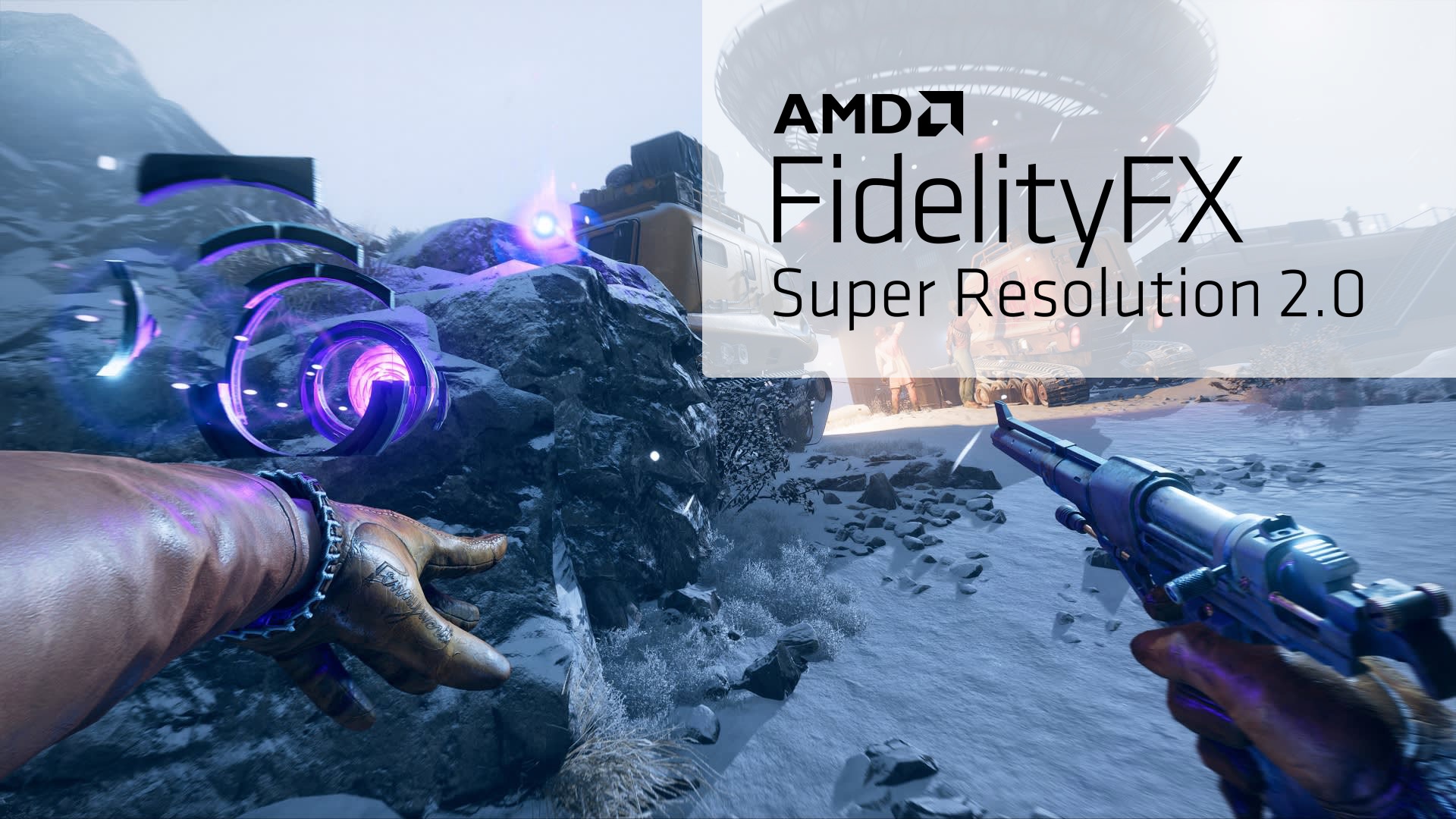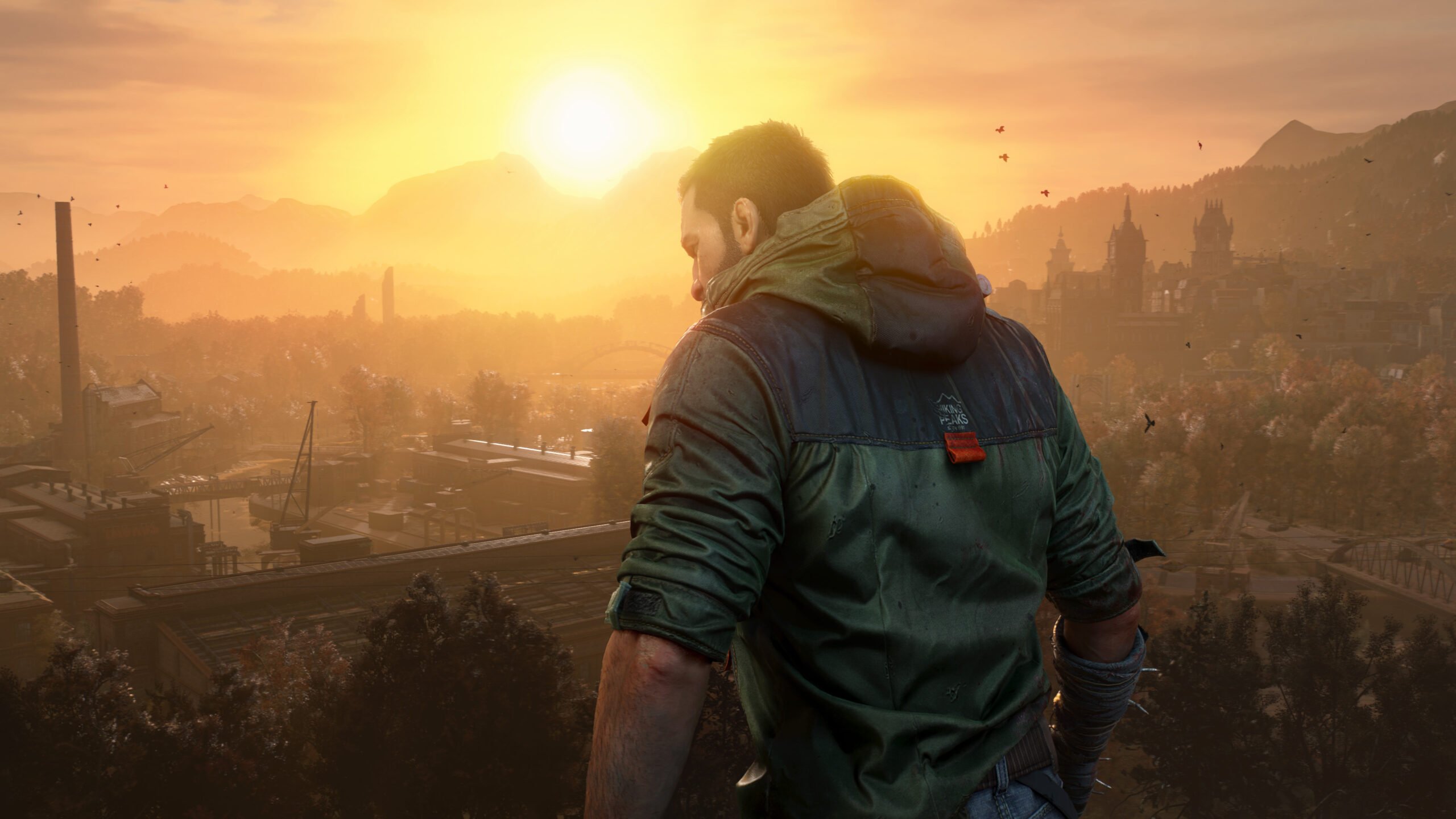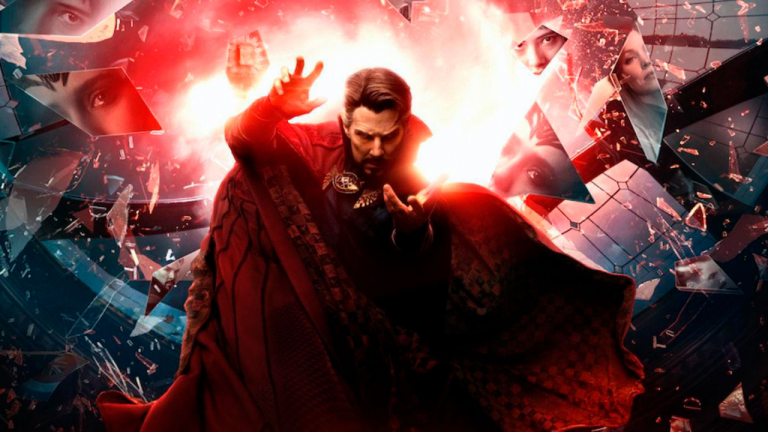Deathloop is the first game with FSR 2.0. A first test shows how well the upscaler performs against DLSS.
AMD already announced the second version of their upscaler FidelityFX Super Resolution or FSR 2.0 for short in March. Around two months later there is the first test of the technology. The latest version is simply called FSR 2.0 and has the same goals as the first: more frames per second with as good (or even better) graphics quality as possible – and it looks like it works very well.
Basically, FSR is in direct competition with DLSS 2.0. This is Nvidia’s predominant upscaling technology, which until now has mostly had clear advantages over FSR and has therefore often been cited as a strong argument for Geforce GPUs. That could now change with FSR 2.0.
Basically, both technologies work in a similar way. When upscaling, the game is rendered natively in a low resolution, which is then upscaled to a higher resolution. This costs less computing power than calculating the game directly in the higher resolution, but can look just as good.
The new version extends FRS with a temporal component. It not only uses the pixels of the current frame, but also those of previous frames. This allows the technology to work with more information and potentially present a better picture.
Differences between FSR 2.0 and DLSS 2.0
The main difference in Nvidia’s DLSS: A so-called neural network is also used for technology. The game or the images in it are analyzed by AI to ensure the best possible result.
While the calculations for FSR 2.0 can take place on normal shader units of the graphics card, Nvidia’s neural network, on the other hand, requires its own tensor cores on RTX graphics cards for the calculation.
In practice, this means that you can use FSR 2.0 with all modern graphics cards, regardless of the manufacturer. For Nvidia’s DLSS, on the other hand, you need a graphics card from Nvidia. If you have one, you can find all games that support Nvidia’s DLSS and ray tracing in this article:
more on the subject
All games with ray tracing and DLSS at a glance
This is how FSR 2.0 performs in the practical test
The colleagues from Computer Base were able to test FSR 2.0 in advance in the game Deathloop and compared the technology with its predecessor FSR 1.0 and with DLSS. Compared to FSR 1.0, the verdict is clear: FSR 2.0 simply looks far better. While it’s generally slightly less performing, it also looks better at lower resolutions than FSR 1.0 at higher resolutions, making FSR 2.0 a better choice in any case.
The duel with Nvidia is more exciting: Here, according to the CB test, there are different strengths and weaknesses for both technologies. A scene in Deathloop features a large fence with lots of thin wires. Both upscalers have trouble displaying this correctly because the techniques have a hard time scaling these subtleties from the lower resolution. This results in flickering, as you can see in the following video by the Computerbase colleagues:
link to YouTube content
With FSR 2.0, the fence flickers here at long and medium distances, while with Nvidia’s DLSS it only starts to flicker at closer distances. Nvidia’s technology performs better here. However, FSR 2.0 can also score points. The testers noticed that there are generally fewer graphics errors and so-called smearing with AMD’s technology. It looks as if the image blurs at one point with the movement.
Overall, FSR 2.0 is convincing
FSR 2.0 is also ahead when it comes to image sharpness. CB certifies that the AMD technology has far better image reconstruction and crisper images. Basically, FSR 2.0 performs very well.
However, it must also be said that AMD’s new upscaler could only be tested in one game so far. Over time and with further games, graphic errors and inconsistencies can certainly arise. However, FSR 2.0 got off to a good start, especially since anyone with a modern graphics card can use the technology.
We’re excited to see how FSR 2.0 performs in other games. The technology is currently announced for the following games:
If FSR, DLSS, and other graphics card acronyms give you a headache, we may be able to alleviate it by explaining the key terms. In the following article we have summarized all relevant techniques:
DLDSR, FSR, RSR, XeSS and Co.: What do the abbreviations on the graphics cards stand for?
Have you already used DLSS in some games? What is your experience with the technology? Will you try FSR 2.0? Please let us know.










